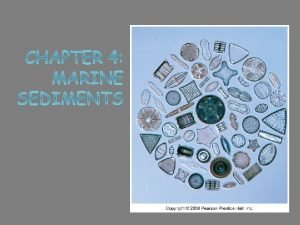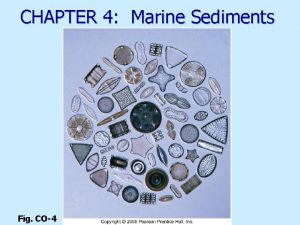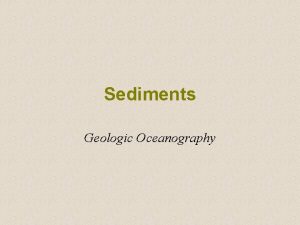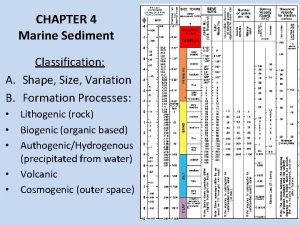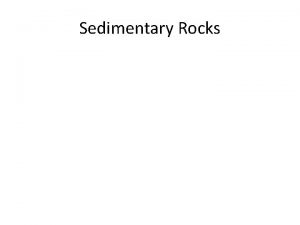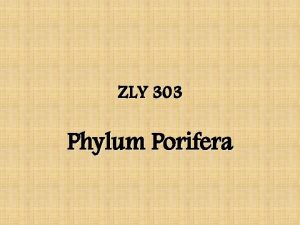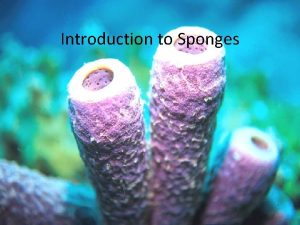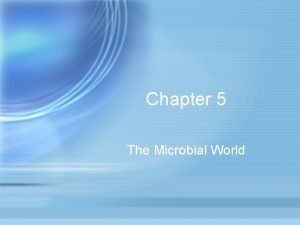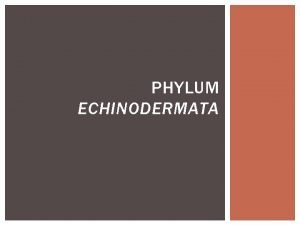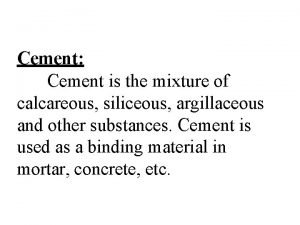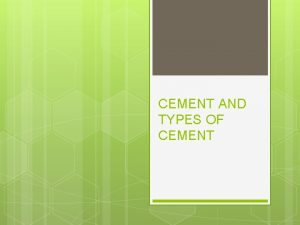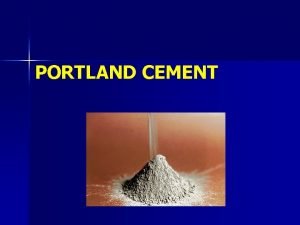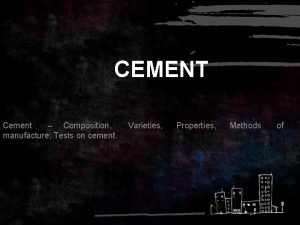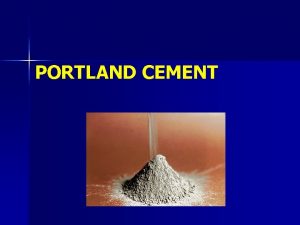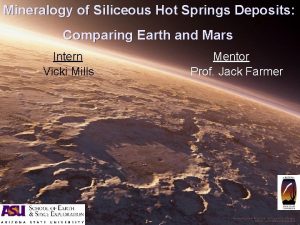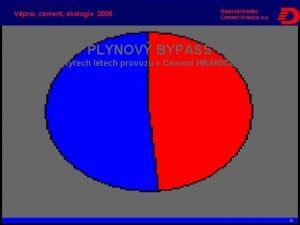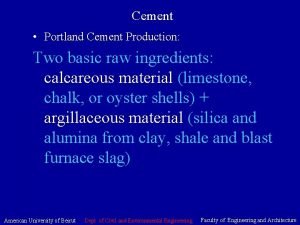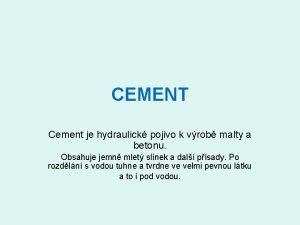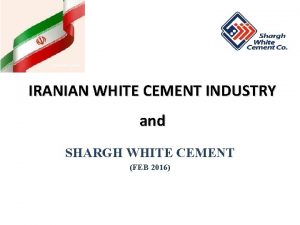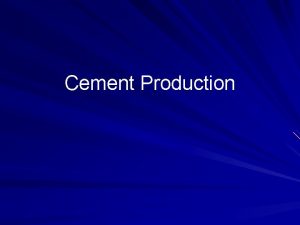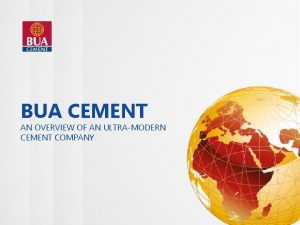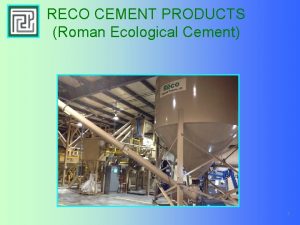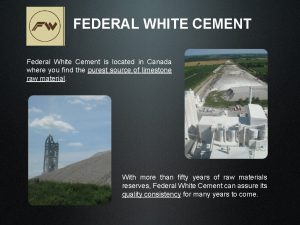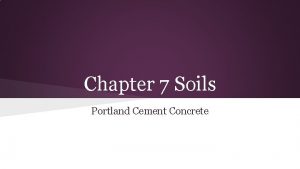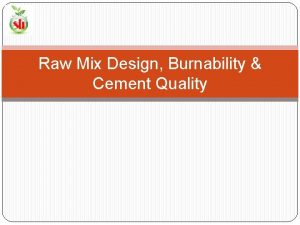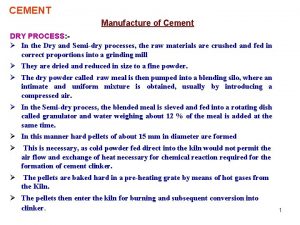Cement Cement is the mixture of calcareous siliceous



































- Slides: 35

Cement: Cement is the mixture of calcareous, siliceous, argillaceous and other substances. Cement is used as a binding material in mortar, concrete, etc.

Chemical Composition of cement is: Lime Silica Alumina Iron oxide Gypsum 63% 22% 06% 03% 01 to 04%

TYPES OF CEMENT: 1. Ordinary Portland Cement 2. Rapid Hardening Cement (or) High Early Strength cement 3. Extra Rapid Hardening Cement 4. Sulphate Resisting Cement 5. Quick Setting Cement 6. Low Heat Cement 7. Portland Pozzolana Cement 8. Portland Slag Cement 9. High Alumina Cement 10. Air Entraining Cement 11. Supersulphated Cement 12. Masonry Cement 13. Expansive Cement 14. Colored Cement 15. White Cement

(1) ORDINARY PORTLAND CEMENT: • It is called Portland cement because on hardening (setting) its colour resembles to rocks near Portland in England. It was first of all introduced in 1824 by Joseph Asp din, England. • Most important type • Classified into three grades, namely 33 grade, 43 grade and 53 grade.

Chemical Composition of O. P. Cement: O. P. C has the following approximate chemical composition: The major constituents are: 1. Lime 2. Silica 3. Alumina (Ca. O) (Si. O 2) (Al 2 O 3) 60 - 63% 17 - 25% 03 - 08%

Chemical Composition of O. P. Cement: Continued------- The auxiliary constituents are: 1. 2. 3. 4. Iron oxide (Fe 2 O 3) Magnesia (Mg. O) Sulphur Tri Oxide (SO 3) Gypsum 0. 5 - 06% 1. 5 - 03% 01 - 02% 01 to 04%

(2) RAPID HARDENING CEMENT: • Rapid hardening cement is a special type of cement that achieves high strength in less time. In this cement, lime stone and shale are used as raw material and heated at extremely high temperature to form clinkers. The lime and shale clinker is then mixed with small amount of gypsum and grinded very finely to form rapid hardening cement. • All the difference of rapid hardening cement to that of ordinary Portland cement is the quantity of lime stone (tri-calcium silicate) used as raw material, which gives the high early strength to the cement.

• The strength obtained by this cement in 03 days is same as obtained by O. P. C in 7 days. • Greater lime content than OPC

(3) EXTRA RAPID HARDENING CEMENT: • It is obtained by intergrinding Cacl 2 with rapid hardening cement. • Addition of Cacl 2 should not exceed 2% by weight of the rapid hardening cement. • Concrete made by using this cement should be transported, placed, compacted & finished within about 20 minutes. • Strength is higher than 25% than that of rapid hardening cement at 1 or 2 days.

(4) SULPHATE RESISTING CEMENT: • It is modified form of O. P. C. This cement contains a low %age of C 3 A and high %age of C 3 S • This cement requires longer period of curing. • It develops strength slowly, but ultimately it is as strong as O. P. C.

(5) QUICK SETTING CEMENT: • This cement is manufactured by adding small %age of aluminum sulphate (Al 2 SO 4) which accelerates the setting action. • Gypsum content is reduced. • Sets faster than OPC. • Initial setting time is 5 minutes. Final setting time is 30 minutes.

(6) LOW HEAT CEMENT: • Low percentage of tri-calcium aluminates (C 3 A) and silicate (C 3 S) and high %age of di-calcium silicate (C 2 S) to keep heat generation low. • Very slow rate of developing strength as rate of C 3 S Content is low. • initial set time-1 hr, final set time-10 hrs • Better resistance to chemical attack than OPC.

(7) Portland Pozzolana Cement: • Portland Pozzolana Cement is a kind of Blended Cement which is produced by grinding the OPC clinker, gypsum and Pozzolanic materials separately and thoroughly blending them in certain proportions. • Ultimate strength is more than OPC. • Low shrinkage on drying • Water tightness.

(8) Portland Slag Cement: • Produced by mixing Portland cement clinker, gypsum and (granulated blast furnace slag which shall not exceed 65%) • blackish grey in color. • Lesser heat of hydration. • Offers good resistance to the attack of sulphate. Granulated blast furnace slag

(9) HIGH ALUMINA CEMENT: • Different from OPC • Characterised by its dark colour, high heat of hydration and resistance to chemical attack. • Initial setting time of 4 hrs and final setting time of 5 hrs. • Raw materials used are limestone and bauxite

(10) AIR ENTRAINING CEMENT: • The manufacture of this special cement is same as that of normal ordinary Portland cement, after the cement clinkers are formed, in the grinding process the cement clinkers are added with some air entraining materials which makes the cement as air entrained cement. The advantages of air entrained concrete are, • Workability of concrete increases. • Use of air entraining agent reduces the effect of freezing and thawing.

(11) Supersulphated Cement: • Super Sulfated Cements (SSC) are composed with various amounts of ground granulated blast furnace slag, gypsum or heat-activated gypsum and Portland cement. • It is also resistant to Sulphate attack. Used in a) Marine Structures, b) Mass concrete works

(12) Masonry Cement: • Unlike ordinary cement, it is more plastic. • Made by mixing hydrated lime, crushed stone, and granulated slag are mixed with it. • Addition of above mentioned materials reduces the strength of cement.

(13) Expansive Cement: • The main difference in this cement is the increase in volume that occurs when it settles. • Used to neutralize shrinkage of concrete made from ordinary cement so as to eliminate cracks. A small percentage of this cement with concrete will not let it crack. It is specially desirable for hydraulic structures. • In repair work, it is essential that the new concrete should be tight fitting in the old concrete. This can be done by using this cement

(14) Colored Cement: • Suitable pigments used to impart desired color. • Pigments used should be durable under light, sun or weather.

(15) WHITE CEMENT: • White Portland cement or white ordinary Portland cement (WOPC) is similar to ordinary, gray Portland cement in all aspects except for its high degree of whiteness. • OPC with pure white color produced with white chalk or clay free from iron oxide. • As iron oxide gives the grey colour to cement, it is therefore necessary for white cement to keep the content of iron oxide as low as possible. • Instead of coal, oil fuel is used for burning.

Functions of Cement Manufacturing Constituents

(i) Lime (Ca. O): • Lime forms nearly two-third (2/3) of the cement. Therefore sufficient quantity of the lime must be in the raw materials for the manufacturing of cement. • Its proportion has an important effect on the cement. Sufficient quantity of lime forms di - calcium silicate and tri-calcium silicate in the manufacturing of cement. • Lime in excess, causes the cement to expand disintegrate.

(ii) Silica (Si. O 2): • The quantity of silica should be enough to form di-calcium silicate and tri-calcium silicate in the manufacturing of cement. • Silica gives strength to the cement. • Silica in excess causes the cement to set slowly.

(iii) Alumina (Al 2 O 3): • Alumina supports to set quickly to the cement. • Lowers the clinkering temperature. • Alumina in excess, reduces the strength of the cement.

(iv) Iron Oxide (Fe 2 O 3): • Iron oxide gives colour to the cement.

(v) Magnesia (Mg. O): • It also helps in giving colour to the cement. • Magnesium in excess makes the cement unsound.

(vi) Calcium Sulphate (or) Gypsum (Ca SO 4) : • At the final stage of manufacturing, gypsum is added to increase the setting of cement.

MANUFACTURING OF CEMENT: (1) Mixing and crushing of raw materials a. Dry process b. Wet process (2) Burning (3) Grinding


(a) Dry process: In this process calcareous material such as lime stone (calcium carbonate) and argillaceous material such as clay are ground separately to fine powder in the absence of water and then are mixed together in the desired proportions. Water is then added to it for getting thick paste and when paste is formed, it is dried and burnt in kilns. This process is usually used when raw materials are very strong and hard. In this process, the raw materials are changed to powdered form in the absence of water.

(b) Wet process: In this process, the raw materials are changed to powdered form in the presence of water. In this process, raw materials are crushed by using a Ball mill, which is a rotary steel cylinder with hardened steel balls. When the mill rotates, steel balls pulverize the raw materials which form slurry (liquid mixture). The slurry is then passed into storage tanks, where correct proportioning is done. Proper composition of raw materials can be ensured by using wet process than dry process. Corrected slurry is then fed into rotary kiln for burning.

(b) Wet Process: This process is generally used when raw materials are soft because complete mixing is not possible unless water is added. Actually the purpose of both processes is to change the raw materials to fine powder.

(2)Burning: Corrected slurry is feed to rotary kiln, which is a 150 -500 feet long, 8 -16 feet in diameter and temperature arrangement is up to 1500 -1650 degree. C. At this temperature slurry losses moisture and forms into small lumps, after that changes to clinkers. Clinkers are cooled in another inclined tube similar to kiln but of lesser length.

(3) Grinding: Now the final process is applied which is grinding of clinker, it is first cooled down to atmospheric temperature. Grinding of clinker is done in large tube mills. After proper grinding gypsum (Calcium sulphate Ca SO 4) in the ratio of 01 -04 % is added for controlling the setting time of cement. Finally, fine ground cement is stored in storage tanks from where it is drawn for packing.
 Siliceous ooze
Siliceous ooze Siliceous ooze
Siliceous ooze Clamshell sampler definition
Clamshell sampler definition Marine sediment classification
Marine sediment classification How rocks form
How rocks form Sponges
Sponges Phylum porifera introduction
Phylum porifera introduction Massive calcareous mounds formed by cyanobacteria
Massive calcareous mounds formed by cyanobacteria Echinodermata
Echinodermata Is 14 karat gold homogeneous or heterogeneous
Is 14 karat gold homogeneous or heterogeneous Diễn thế sinh thái là
Diễn thế sinh thái là Thế nào là giọng cùng tên?
Thế nào là giọng cùng tên? 101012 bằng
101012 bằng Tỉ lệ cơ thể trẻ em
Tỉ lệ cơ thể trẻ em Bài hát chúa yêu trần thế alleluia
Bài hát chúa yêu trần thế alleluia Lời thề hippocrates
Lời thề hippocrates Khi nào hổ mẹ dạy hổ con săn mồi
Khi nào hổ mẹ dạy hổ con săn mồi đại từ thay thế
đại từ thay thế Quá trình desamine hóa có thể tạo ra
Quá trình desamine hóa có thể tạo ra Vẽ hình chiếu vuông góc của vật thể sau
Vẽ hình chiếu vuông góc của vật thể sau Công thức tính thế năng
Công thức tính thế năng Thế nào là mạng điện lắp đặt kiểu nổi
Thế nào là mạng điện lắp đặt kiểu nổi Hát kết hợp bộ gõ cơ thể
Hát kết hợp bộ gõ cơ thể Các loại đột biến cấu trúc nhiễm sắc thể
Các loại đột biến cấu trúc nhiễm sắc thể Vẽ hình chiếu đứng bằng cạnh của vật thể
Vẽ hình chiếu đứng bằng cạnh của vật thể độ dài liên kết
độ dài liên kết Chó sói
Chó sói Môn thể thao bắt đầu bằng từ chạy
Môn thể thao bắt đầu bằng từ chạy Sự nuôi và dạy con của hươu
Sự nuôi và dạy con của hươu điện thế nghỉ
điện thế nghỉ Một số thể thơ truyền thống
Một số thể thơ truyền thống Thế nào là sự mỏi cơ
Thế nào là sự mỏi cơ Trời xanh đây là của chúng ta thể thơ
Trời xanh đây là của chúng ta thể thơ Ng-html
Ng-html Thế nào là số nguyên tố
Thế nào là số nguyên tố Thiếu nhi thế giới liên hoan
Thiếu nhi thế giới liên hoan
